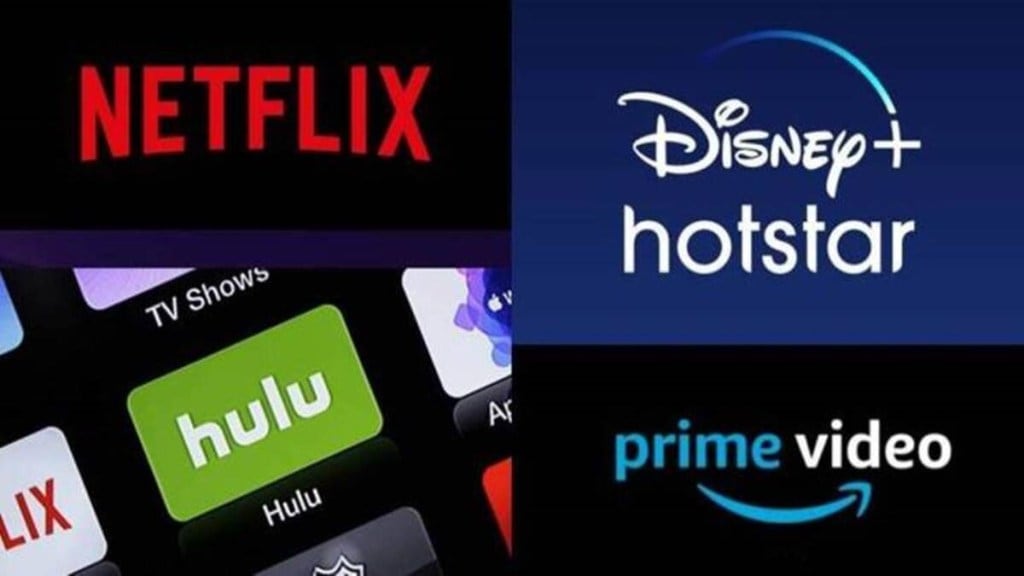Broadcasting transcends mere entertainment, and plays a vibrant, multifaceted role as a ready source of information, education, and knowledge for the masses. No wonder, governments world over leverage broadcasting to reach the public.
As India deliberates on new policies like the National Broadcasting Policy and the Broadcasting Services Regulation Bill (which the government has withdrawn), a future-proof vision in such legislation is crucial. India needs to position itself as a robust and sustainable broadcasting hub with a dual focus on enabling a vibrant domestic sector with diverse, high-quality content creation in multiple languages, as well as a global content powerhouse. We should be exporting content worldwide, and honing technical skills in animation, VFX, and other emerging areas.
Distinct landscapes, distinct rights
The rising popularity of over-the-top (OTT) platforms (such as Netflix, Hotstar, Amazon Prime, etc.) has sparked conversations on their place in the broadcasting landscape, particularly in the upcoming policies. OTTs are functionally different from television and radio broadcasting services. While TV and radio transmit content through dedicated infrastructure like cable or satellite, OTT services send data over the “application layer” in Internet Protocol networks, much like any other information exchange over the internet.
TV broadcasting and OTT markets are at widely different stages of development — the former being over five decades old in India, whereas the latter emerged significantly only about a decade ago. OTT is a sunrise sector and is already contributing immensely to the growth of India’s digital economy. According to a Broadband India Forum (BIF) study, the app economy, at the current rate of growth, is estimated to reach up to 12% of India’s economy by 2030. On the other hand, TV broadcasting requires an action plan for resilience amid a secular downturn.
While traditional TV fosters connection, OTT platforms offer flexibility. A survey by BIF and CUTS International found that 38% of respondent consumers watch TV as a family bonding activity. In contrast, OTT services cater to individual preferences, allowing users to enjoy content on their smartphones at any place and time of their choice. This difference in maturity mandates distinctly different regulatory approaches.
OTTs provide valuable data traffic for network operators, greatly contributing to their financial health and sustainability. Hence, they need to be nurtured and grown. Incidentally, the distinction between broadcasting and OTT was also recently reinforced by the Telecom Disputes and Settlement Appellate Tribunal, which ruled that OTT services are not TV channels due to their inherent differences and separate governing laws.
Concerns on regulatory overlap
Digital media, including platforms that host user-generated and professionally curated content, falls under the purview of the ministry of electronics and information technology. The Information Technology Act, 2000, and Information Technology (Intermediary Guidelines and Digital Media Ethics Code) Rules, 2021, establish a robust mechanism to regulate these intermediaries. These frameworks effectively govern OTT platforms in areas such as content moderation, user privacy, data protection, and content management. Bringing OTT “platforms” under the broadcasting policies as proposed by certain stakeholders could create unnecessary overlap and burden.
Carriage regulation focuses on technical and economic aspects to ensure smooth content delivery, while content regulation aims to protect public sensibilities and values. Carriage regulation focuses on fair access and competition; content regulation considers societal values and potential harm — both of which require different expertise. The Telecom Regulatory Authority of India, in its 2006 recommendations on “Issues Relating to Convergence and Competition in Broadcasting and Telecommunications”, advocated separate regulations for each area. The ministry of information and broadcasting too had reaffirmed this point in October 2022, when it highlighted the effectiveness of existing content regulation mechanisms and emphasised the importance of maintaining established practices and business processes.
The principle of equality
Article 14 of the Constitution guarantees equal treatment only to persons who are similarly placed. This is a well-established point and various laws are available affirming the same. Therefore, applying broadcasting regulations that pertain to distinct carriage landscapes to OTTs would violate the very spirit of the Constitution. Policies related to broadcasting focus on the technical aspects of content delivery, while content-related regulations aim to safeguard moral and societal values.
India’s media landscape thrives on a unique blend of established and emerging trends. The Indian OTT market is expected to reach `237.86 billion ($3.22 billion) by FY25, and our video market is expected to be worth $13 billion by 2028, boosted by the streaming industry which continues to invest billions of dollars in content development every year. India’s content production has already reached 200,000 hours annually. It is important to consolidate India’s position as a digital media powerhouse that can captivate audiences globally and showcase the universal power of Indian storytelling.
To nurture and grow this fertile and dynamic ecosystem, our broadcasting sector needs a modern regulatory framework that understands the unique nature of OTTs and fosters innovation in the sector while also safeguarding public interest.
The author is President at Broadband India Forum. With research inputs from Mira Swaminathan, director-policy advocacy & communications, BIF.
Disclaimer: Views expressed are personal and do not reflect the official position or policy of Financial Express Online. Reproducing this content without permission is prohibited.

